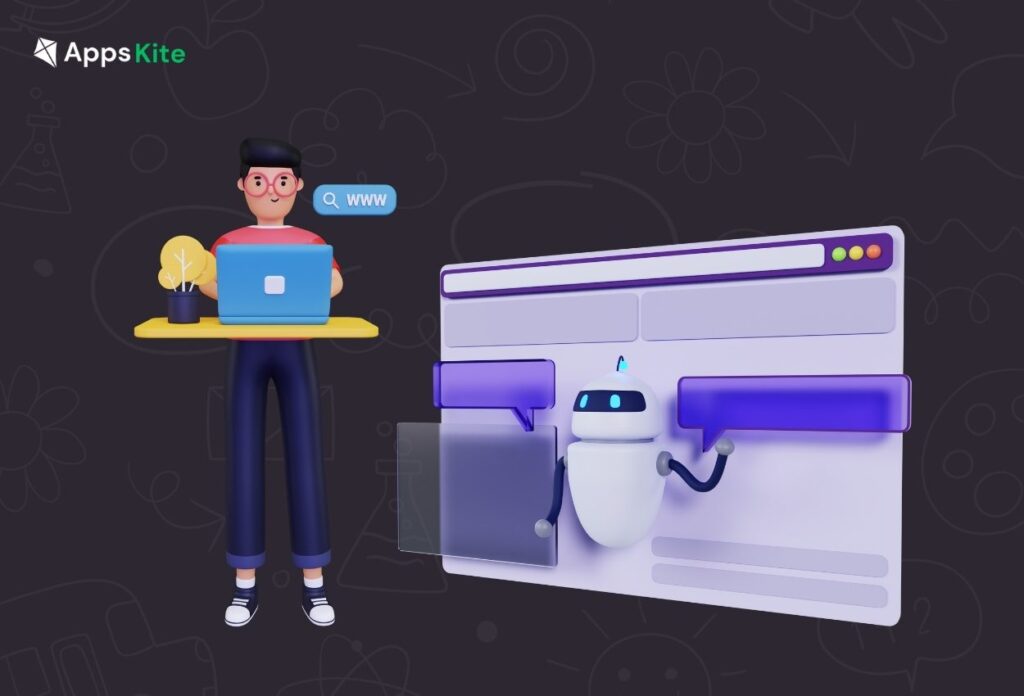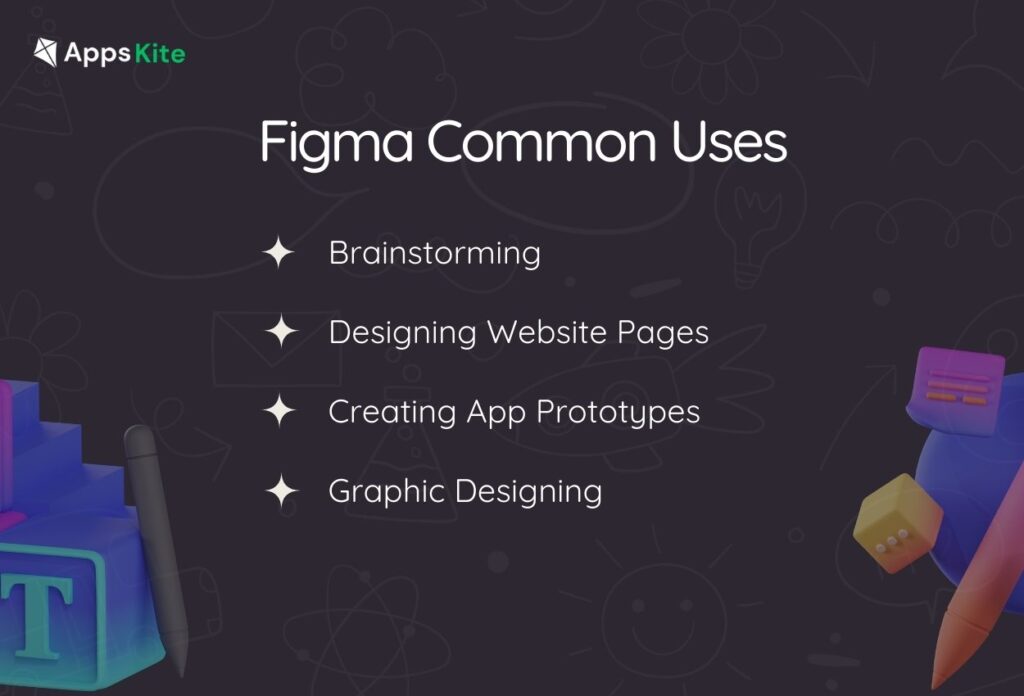Last Updated on January 12, 2024 7:26 PM IST
- What is Figma?
- What Is Figma Used For?
- Figma Review: Pros and Cons
- Features of Figma
- Figma Download: How to Download Figma
- How to Use Figma App?
- Is Figma Enough to be a UI Designer?
- Can You Make a Full Website with Figma?
- Does Figma Generate React Code?
- Should I Learn Figma or HTML CSS?
- Do Professionals Use Figma?
- Conclusion
- FAQs
Absolutely Yes! Figma stands out as the leading tool for designers today. Over 69% of design professionals favor Figma globally.
Figma supports animations via plugins and allows you to create interactive animations. There’s a 30% hike in client satisfaction due to the seamless sharing of prototypes via URL links. However, as a web designer, understanding your end user is key. The basics of website functionalities and front-end coding will complement your design skills.
Let’s be real – Figma enhances the design landscape. On a lighter note, having 2-3 years of Figma experience speaks volumes to potential clients. A solid portfolio matters most, whether you’re using Paint or a more advanced tool – especially in freelance settings.
But hey! Are you still wondering: Is Figma Enough for Web Design?
For full-time positions, employers lean towards Figma over more basic tools. Without a doubt, Figma serves as a robust platform, enough for the needs of UI/UX designers.
Dive into this exploration where we break down Figma’s prowess, pros, cons, and its potential as a web design solution.
Let’s uncover whether it’s the all-in-one magic wand you seek or if extra skills are necessary.
What is Figma?
Figma is a collaborative interface design tool used by professionals for creating interactive prototypes, user interfaces, and more. It’s cloud-based, allowing real-time collaboration, making it a go-to platform for design teams across industries.

The software was launched in September 2016. At the time of writing in January 2023, over four million people use Figma. Today, Figma is part of the Adobe ecosystem; Adobe completed its buy of the company in September 2022 for $20 billion.
Figma has a free plan that includes unlimited collaborators and three files each for Figma and FigJam. You can choose from paid subscriptions if you need access to more.
What Is Figma Used For?

- Brainstorming
- Designing Website Pages
- Creating App Prototypes
- Graphic Designing
Figma Review: Pros and Cons

| Pros | Cons | |
|---|---|---|
| 1. | Allows to Collaborate in Real-time | Slightly complex interface for beginners. |
| 2. | Works on various Operating Systems | Big projects might slow down. |
| 3. | Provides easy version history and tracking. | Limited functionality when offline. |
| 4. | Vast library of design resources & templates. | Limitations exist for complex animations. |
| 5. | Interactive & responsive design prototyping. | Requires internet connectivity for optimum usage. |
Features of Figma
- Accessibility and Collaboration
- Seamless Team Interaction: Figma allows you to collaborate among your team members situated remotely.
- Accessible Sharing: It offers various access levels that team members can use according to their authorities.
- Browser-Based Access: Its web-based nature gives easy access for everyone, giving a seamless collaboration experience.
- Live Design Sessions: It allows many people to simultaneously work on design files, and make real-time changes.
- Remote Presentation: Ideal for remote presentations and acting as an online whiteboard, ensuring smooth team synchronization during discussions.
- Interactive Prototyping: Figma allows you to create interactive prototypes, offering easy transitions and smart animation features.
- User Testing Capabilities: Seamless distribution of prototypes for user testing via shareable links, allowing comments and feedback for improvements.
- Single Source of Truth
- Version Control: Automatic saving and version history feature ensures every iteration is backed up, providing the ability to restore previous versions if needed.
- Design Systems: Figma allows for the creation and distribution of design libraries, ensuring consistency and real-time updates across projects.
- Smooth Handoff
- Developer Collaboration: Designers and developers can collaborate within Figma, utilizing Code mode to access necessary information for implementation without the need for separate tools.
- API and Plugins: Figma’s flexibility allows customization through APIs and plugins, enabling real data integration, advanced workflows, and prototyping enhancements tailored to specific needs.
Figma Download: How to Download Figma
- Desktop App
- macOS: To download Figma for macOS, visit the Figma website and locate the download section. Click on the macOS download link and follow the installation instructions.
- Windows: For Windows users, access the Figma website and navigate to the download section. Click on the Windows download link and proceed with the installation steps.
- Mobile App
- iOS: For iOS devices, head to the App Store, search for “Figma,” and tap the download button to install the Figma app on your iPhone or iPad.
- Android: On Android devices, open the Google Play Store, search for “Figma,” and select the app from the search results. Hit the install button to download Figma to your Android device.
- FigJam for iPad: For FigJam specifically on iPad, visit the App Store and search for “FigJam.” Once found, download and install the FigJam app to use on your iPad.
Simply follow these steps to get Figma and FigJam running on your preferred devices!
How to Use Figma App?

Navigating through Figma is intuitive. With a user-friendly interface, basic operations like creating shapes, adding text, and designing elements are easy. Utilize the toolbar and layers panel to design and organize your projects efficiently.
Is Figma Enough to be a UI Designer?
Yes. Figma serves as a pivotal tool. Understanding its impact and capabilities, considering the audience, animations, collaboration, and experience all play significant roles.
- Figma’s Tool Dominance: Recognized as a premier design tool, Figma stands out among designers globally.
- Understanding Web Basics: Grasping web basics and coding enhances design quality for a more intuitive interface.
- Animation Importance: Creating interactive animations adds value; Figma supports these features efficiently.
- Seamless Collaboration: Figma enables effortless collaboration and prototype sharing through accessible links.
- Experience Amplifies: With 2-3 years of Figma experience, impressing clients becomes easier; but, a robust portfolio remains paramount.
- Freelance vs. Full-Time: In the freelance arena, portfolio strength reigns supreme, while full-time employers prefer Figma’s sophistication for UI design roles.
Can You Make a Full Website with Figma?
Absolutely! There are ways to turn your Figma design into a website:

- With Coding: Use plugins to export designs to HTML, CSS, or JavaScript if you’re comfortable with coding.
- No Coding Needed: Services can convert your design to HTML/CSS hassle-free.
- WordPress Option: Export to WordPress using specific plugins for starting a WordPress site.
- Webflow Templates: Use Webflow’s drag-and-drop tools with Figma designs for quick website creation.
Does Figma Generate React Code?
Figma doesn’t directly generate React code, but plugins like ‘Anima‘ can assist in converting designs into React components to expedite development.
Should I Learn Figma or HTML CSS?
Learning both Figma and HTML/CSS holds value. Figma aids in design conceptualization, while HTML/CSS are crucial for translating designs into functional websites.
Do Professionals Use Figma?
Certainly! Figma has garnered global acclaim among design professionals for its collaborative prowess and powerful design tools. In 2023, an impressive count of over 41,016 companies worldwide have embraced Figma, recognizing its prowess as a leading Collaborative Design and Prototyping solution.
Conclusion
Figma stands as a potent tool for web design, offering a collaborative environment and a host of design features. While it’s an excellent choice for UI design, combining it with coding skills elevates your web design capabilities further.
Also read: Best Free AI Chatbot App to Make Your Life Easier!
FAQs
Q: Is Figma free to use?
Yes, Figma offers a free plan with certain limitations. Paid plans unlock advanced features.
Q: Can I use Figma offline?
Figma’s functionality is limited when offline. An internet connection is recommended for optimal usage.
Q: Can I export Figma designs to HTML?
While Figma allows exporting designs in various formats, exporting directly to HTML isn’t supported.
Q: Does Figma have a mobile app?
Figma doesn’t have a standalone mobile app but can be accessed via mobile browsers.
Q: Can I share Figma files with non-Figma users?
Yes, Figma allows sharing files via links, granting access even to non-Figma users.
Q: Is Figma better than Sketch?
Both tools have their strengths. Figma’s real-time collaboration sets it apart, while Sketch is renowned for its robust design features.
Q: How secure is Figma for sensitive data?
Figma employs encryption and security measures to protect user data. However, caution is advisable while sharing sensitive information.
Q: Can I integrate Figma with other design tools?
Figma integrates with various design tools and plugins to enhance its functionality.



![Cursor AI Review: Real Tests Reveal All [2025] 3 Cursor AI Review 2025](https://appskite.com/wp-content/uploads/2025/05/Cursor-AI-Review-2025-1-80x80.jpg)





